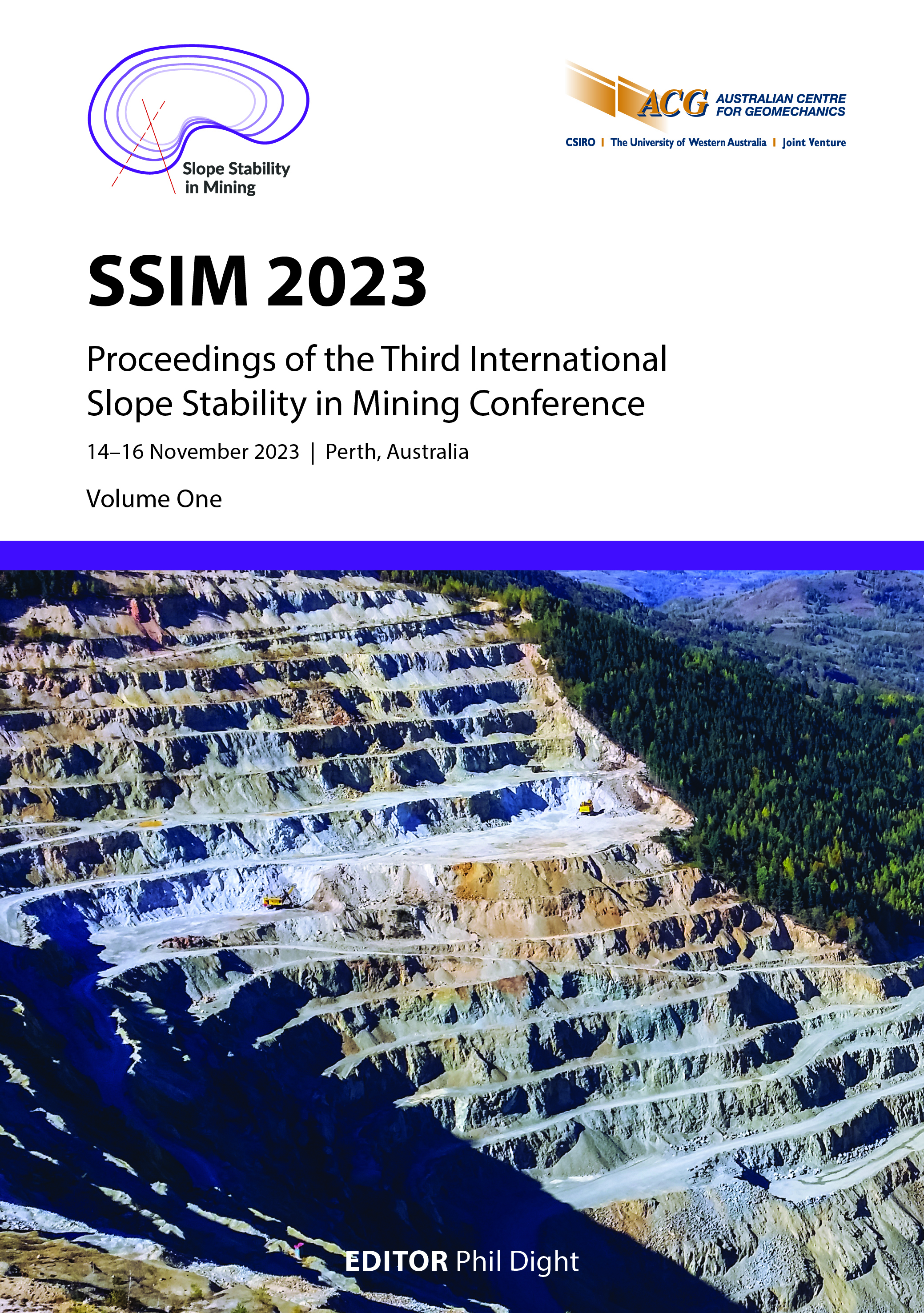Advances in the use of artificial intelligence for open pit reconciliation

|
Authors: Parrott, TT; Muir, S; McKern, E; Sahu, R |
DOI https://doi.org/10.36487/ACG_repo/2335_62
Cite As:
Parrott, TT, Muir, S, McKern, E & Sahu, R 2023, 'Advances in the use of artificial intelligence for open pit reconciliation', in PM Dight (ed.), SSIM 2023: Third International Slope Stability in Mining Conference, Australian Centre for Geomechanics, Perth, pp. 905-924, https://doi.org/10.36487/ACG_repo/2335_62
Abstract:
Traditional means of undertaking reconciliation and performance measurements on open pit mines can be quite time-consuming and also labour-intensive. Furthermore, when comparing the actual or as-built pit against the underlying open pit design, the measurement of performance can be subjective based upon the practitioner’s level of experience, nuances in the geometries being analysed and the time available to conduct the analysis. With the advent and advancement of the use of artificial intelligence (AI) applied to mining problems, the key issues of time, availability, repeatability and accuracy of open pit reconciliation are being greatly improved. Specific tools and key performance indicators for pit reconciliation have been incorporated into an AI-based software platform, including crest loss, toe flare, available catch capacity, bench face angle, and volume of overbreak or underbreak etc., for fast and accurate pit reconciliation. The measurement of key performance indicators such as these allow for the rapid and accurate assessment of drill and blast design performance. Reporting on compliance to design can quickly be fed back into the drill and blast process to optimise and improve outcomes. Furthermore, the identification of potential non-conformance leading to hazardous areas in the pit (i.e. insufficient spill berm width coupled with rockfall hazard) can be easily communicated and incorporated into monthly geotechnical hazard maps for communication to work crews. The process described is based upon the analysis of high-resolution photogrammetric models of the as-built pit environment. The AI-generated results are highly visual, can be displayed qualitatively and offer detailed quantitative reporting on conformance. In order to validate the accuracy and sufficiency of the AI tools, significant time has been spent conducting manual validation on identical datasets, with very promising outcomes. This paper describes the application of AI, and the independent evaluation and verification of the results are presented herein. As with any use of AI, independent human verification is advised.
Keywords: artificial intelligence, pit reconciliation, drone, crest loss, berm
References:
Dey, J, Roy, S & Martin, A 2021, Drone Photogrammetry: a structural study gathering tool for open pit mining geomechanics.
© Copyright 2025, Australian Centre for Geomechanics (ACG), The University of Western Australia. All rights reserved.
View copyright/legal information
Please direct any queries or error reports to repository-acg@uwa.edu.au
View copyright/legal information
Please direct any queries or error reports to repository-acg@uwa.edu.au

